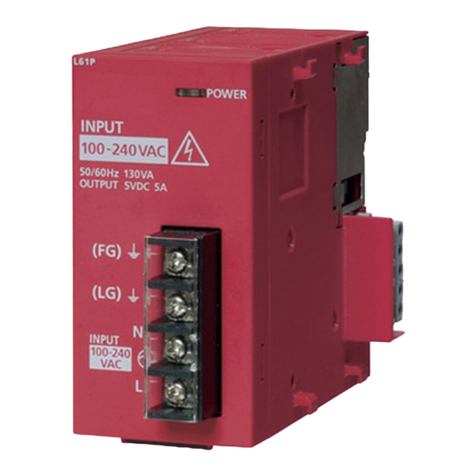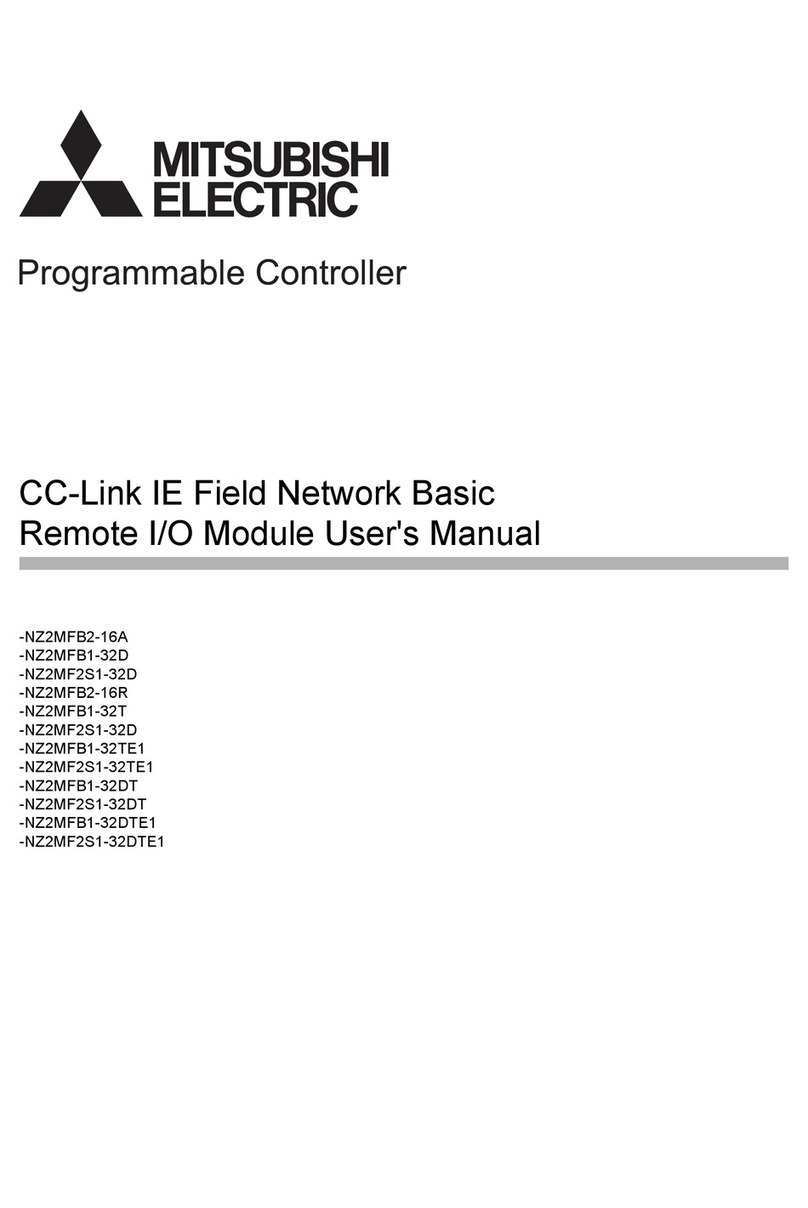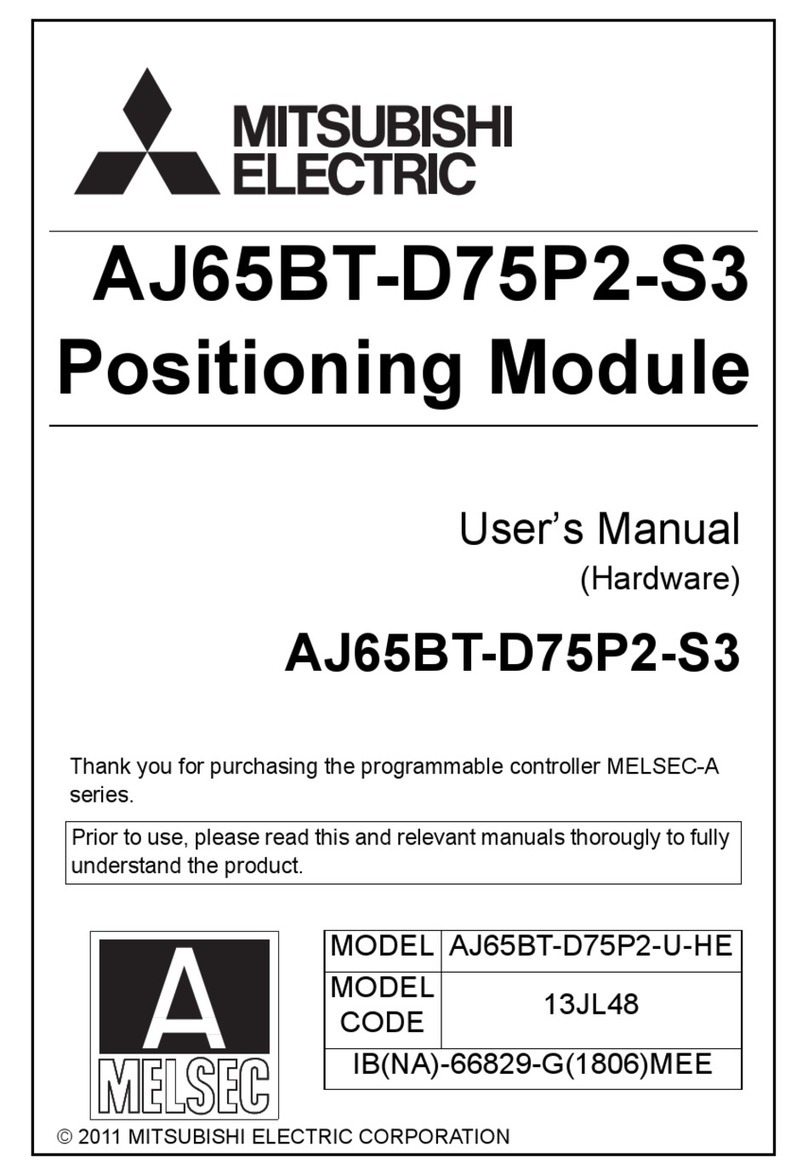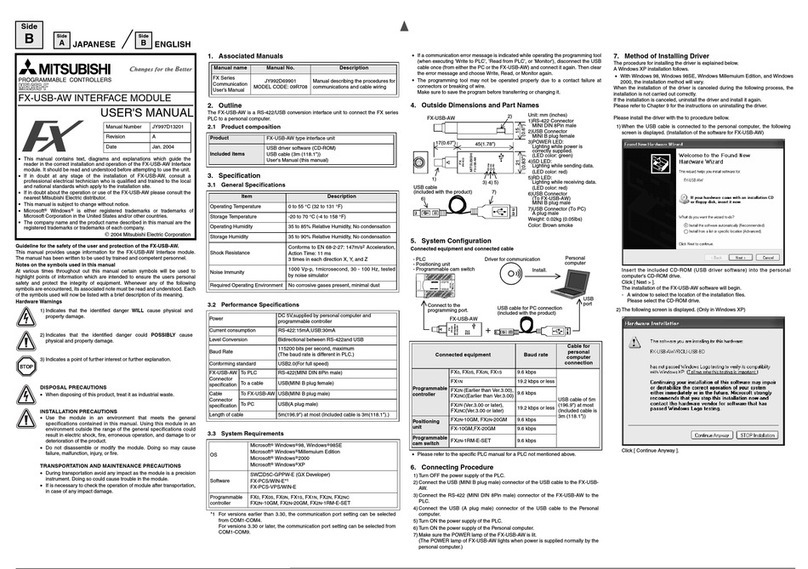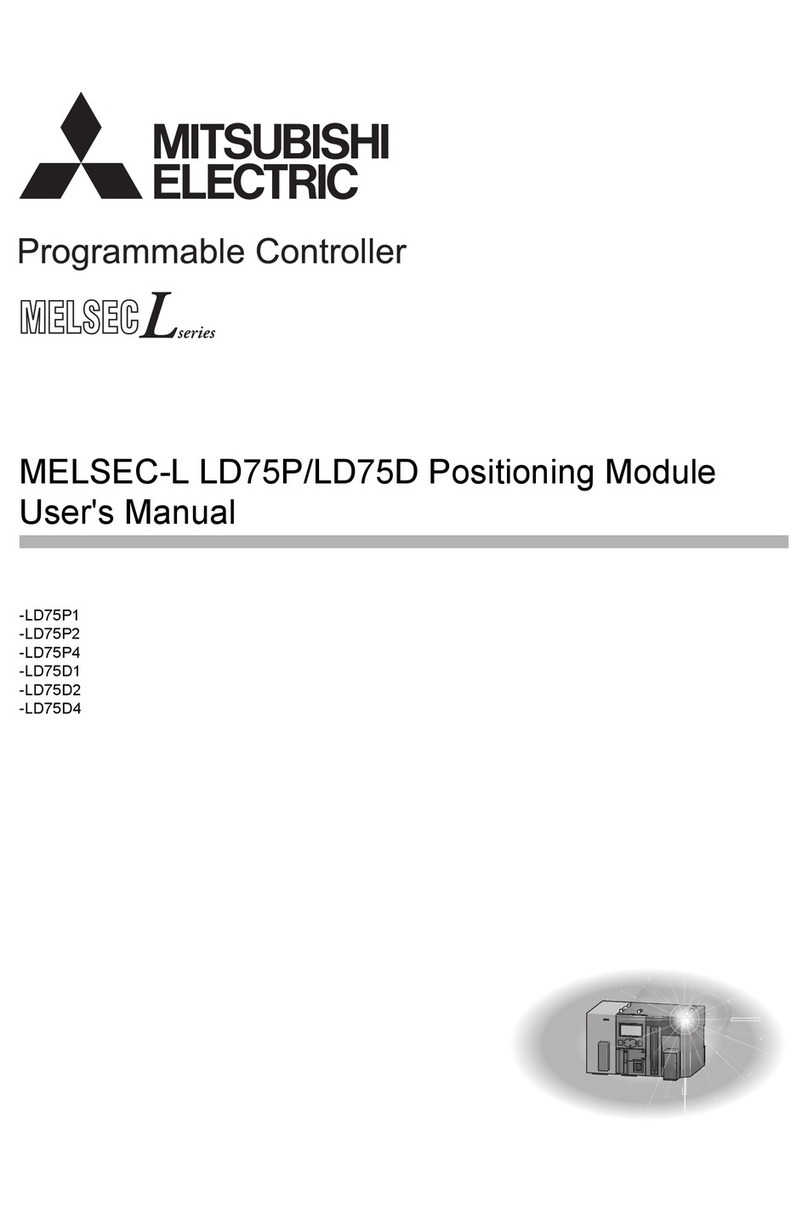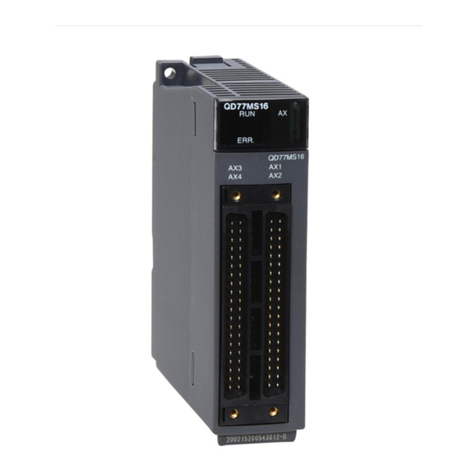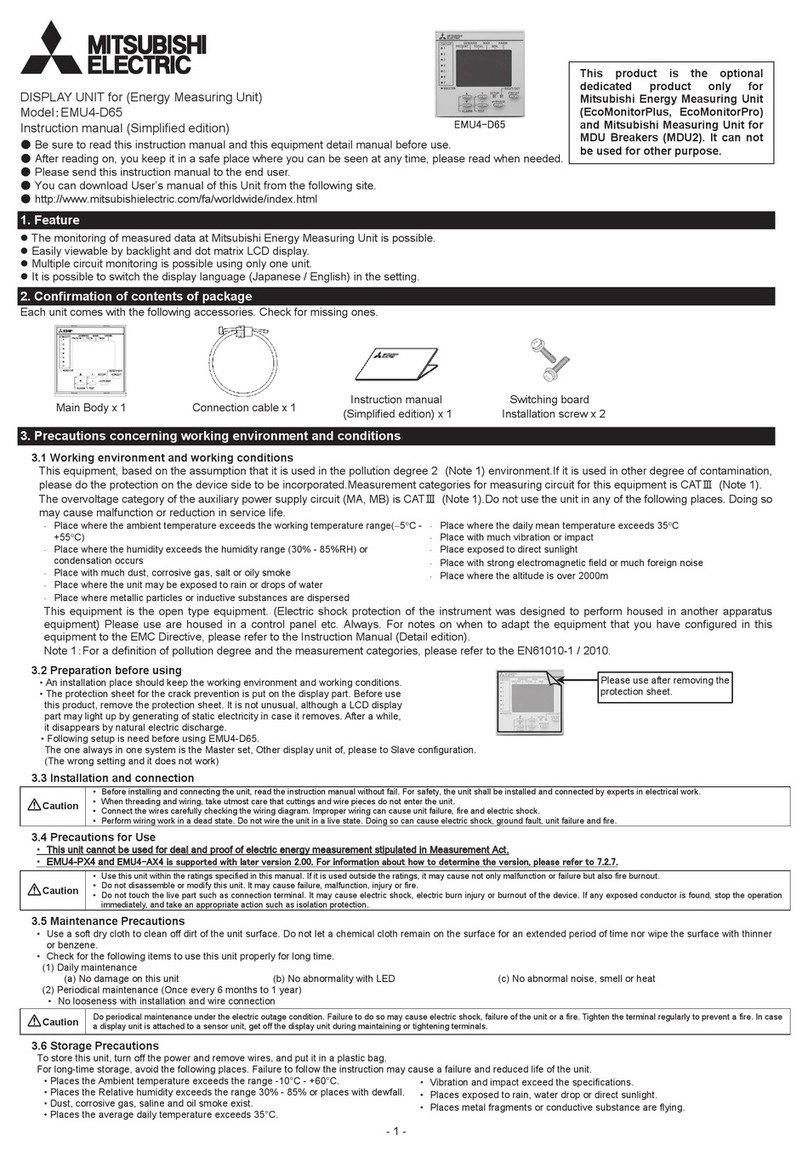
7
4. Unit Operation
At startup and provided a network cable is attached (the ‘Ethernet
Link’ led should be lit), the Procon unit attempts to establish a
connection with the G-50 using the appropriate IP address. Should the
G-50 not be found, then a ‘watchdog’ feature will periodically reset the
Procon unit, indicated by the ‘Device Reset’ led lighting up for 2
seconds.
Once established, the G-50 is interrogated to determine the number
of active groups. At this point the Procon unit begins its polling
sequence, requesting the Mnet status, the status of all active groups,
and the list of all current alarms. This sequence is continually repeated,
with new control settings from the BMS transmitted to the G-50 by
interleaving into the poll sequence.
If the BMS is using RS232 or RS485 and provided a valid modbus
message is received, then the ‘Serial Tx’ led will light to indicate that a
Modbus reply has been sent. If Modbus/TCP is being used then there
will be increased activity from the ‘Ethernet Tx’ led.
The Global parameter ‘G50 Comms Status’ can be read via Modbus
to determine if the Procon unit is communicating with the G-50.
The time required to complete the polling sequence will depend on
the number of active groups programmed in the G-50 and the
frequency of new control settings sent via Modbus.
8
5. Modbus Registers
The Procon MOD-IP/50 behaves as 20 modbus slaves, each with 60 registers
(Offset = 0 to 59).
By default the slave addresses are 1 – 20 but an address offset can be
applied to provide ranges 21-40, 41-60, 61-80, 81-100, up to 201-220.
This is useful to prevent address clashing when the Procon unit is attached to
a communications network containing multiple Modbus devices.
The Procon MOD-IP/50 maps the data from the air conditioner units into
Modbus registers accessed by two Modbus parameters ‘Slave No.’ and
‘Offset’.
All slave numbers referred to in this document assume the default
addresses - Add the ‘offset’ value where applicable.
Slaves 1 to 16 each represent 3 units, and slave 17 represents 2 units, with
‘Unit C’ of slave 17 used for various system settings. See Section 5.4 for
details.
Each slave is organised as follows:
General Information Extended Information
Unit A Unit B Unit C Unit A Unit B Unit C
Offset 0 Offset 10 Offset 20 Offset 30 Offset 40 Offset 50
Examples : 1) To read the current fan speed of unit 8, the required modbus
message would contain Slave 3, Function 3, Offset 14.
2) To read the current mode of unit 48, the required modbus
message would contain Slave 16, Function 3, Offset 23.
General Information for a single unit
Register Offset Stored Value
0 Return Air Temp
1 Error Code
2 Setpoint (Read)
3 Mode (Read)
4 Fan Speed (Read)
5 Setpoint (Write)
6 Mode (Write)
7 Fan Speed (Write)
8 On/Off (Read)
9 On/Off (Write)
Extended Information for a single unit
Register Offset Stored Value
0 Air Direction (Read)
1 Air Direction (Write)
2 Inhibit (Read)
3 Inhibit (Write)
4 Ventilation (Read)
5 Ventilation (Write)
6 Filter Reset (Read)
7 Filter Reset (Write)
8 Unused
9 Unused

